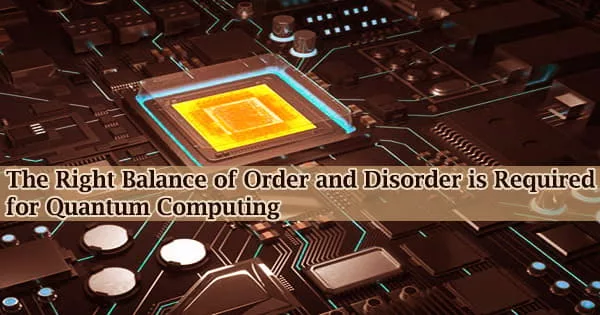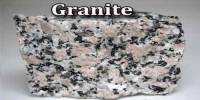In order to show that some quantum computers are actually operating perilously near to the point of chaotic meltdown, research carried out within the Cluster of Excellence “Matter and Light for Quantum Computing” (ML4Q) has examined the cutting-edge device structures of quantum computers.
To protect device operation, it is difficult to strike the right balance between too much and too little chaos. Today’s issue of Nature Communications features a study titled “Chaotic fluctuations challenge the Transmon platform for quantum computing.”
A fast-developing technology called quantum computing uses the principles of quantum physics to solve issues that are too complicated for conventional computers. A technology that scientists had only just begun to envisage thirty years ago is now available to thousands of developers thanks to IBM Quantum.
Tech behemoths like IBM and Google are pouring vast sums of money into the creation of quantum computing gear in the hunt for what might become a crucial future technology. However, the present platforms are not yet prepared for real-world use. There are still many issues to be resolved, including how to manage gadget flaws or “disorder.”
It’s a traditional safety measure for stability: People should avoid marching in lockstep when crossing bridges in big numbers to avoid resonances weakening the structure.
Contrary to popular belief, the superconducting transmon qubit processor, a cutting-edge quantum computing platform favored by IBM, Google, and other consortiums, operates on the same principle: purposefully added disorder prevents the formation of resonant chaotic fluctuations, making it a crucial component of the creation of multi-qubit processors.
Transmon qubits should be viewed as a type of pendulum in order to comprehend this seemingly counterintuitive argument. Qubits connected together to create a computational structure define a system of coupled pendulums. This system, like classical pendulums, can easily agitated to uncontrollably huge oscillations with unfavorable outcomes.
Such uncontrollable oscillations in the quantum realm result in the loss of quantum information, rendering the computer useless. Such occurrences are avoided by intentionally introducing local “detunings” in single pendulums.
This collaborative project is quite unique. Our complementary knowledge of transmon hardware, numerical simulation of complex many-body systems, and quantum chaos was the perfect prerequisite to understand how quantum information with disorder can be protected. It also indicates how insights obtained for small reference systems can be transferred to application-relevant design scales.
Alexander Altland
“The transmon chip not only tolerates but actually requires effectively random qubit-to-qubit device imperfections,” explained Christoph Berke, final-year doctoral student in the group of Simon Trebst at the University of Cologne and first author of the paper.
“In our study, we ask just how reliable the “stability by randomness” principle is in practice. By applying state-of-the-art diagnostics of the theory of disordered systems, we were able to find that at least some of the industrially pursued system architectures are dangerously close to instability.”
A transmon processor is a many-body quantum system with quantized energy levels from the perspective of fundamental quantum physics. Modern numerical techniques enable the computation of these discrete levels as a function of relevant system parameters, yielding patterns that at first glance resemble a tangle of cooked spaghetti.
One of the diagnostic techniques used in the research to create a stability diagram for transmon quantum computing was a comprehensive analysis of such structures for accurately recreated Google and IBM chips.
“When we compared the Google to the IBM chips, we found that in the latter case qubit states may be coupled to a degree that controlled gate operations may be compromised,” said Simon Trebst, head of the Computational Condensed Matter Physics group at the University of Cologne.
Thus, one must find a delicate balance between preserving qubit integrity and facilitating inter-qubit coupling in order to secure regulated gate operations. The quantum computer processor needs to be perfectly prepared, retaining the energy states “al dente” and preventing their tangling by overcooking.
The research teams of David DiVincenzo at RWTH Aachen University, Forschungszentrum Jülich, Simon Trebst and Alexander Altland at the University of Cologne collaborated to examine disorder in transmon hardware as part of the Cluster of Excellence ML4Q.
“This collaborative project is quite unique,” says Alexander Altland from the Institute for Theoretical Physics in Cologne. “Our complementary knowledge of transmon hardware, numerical simulation of complex many-body systems, and quantum chaos was the perfect prerequisite to understand how quantum information with disorder can be protected. It also indicates how insights obtained for small reference systems can be transferred to application-relevant design scales.”
David DiVincenzo, founding director of the JARA-Institute for Quantum Information at RWTH Aachen University, draws the following conclusion:
“Our study demonstrates how important it is for hardware developers to combine device modelling with state-of-the-art quantum randomness methodology and to integrate ‘chaos diagnostics’ as a routine part of qubit processor design in the superconducting platform.”















